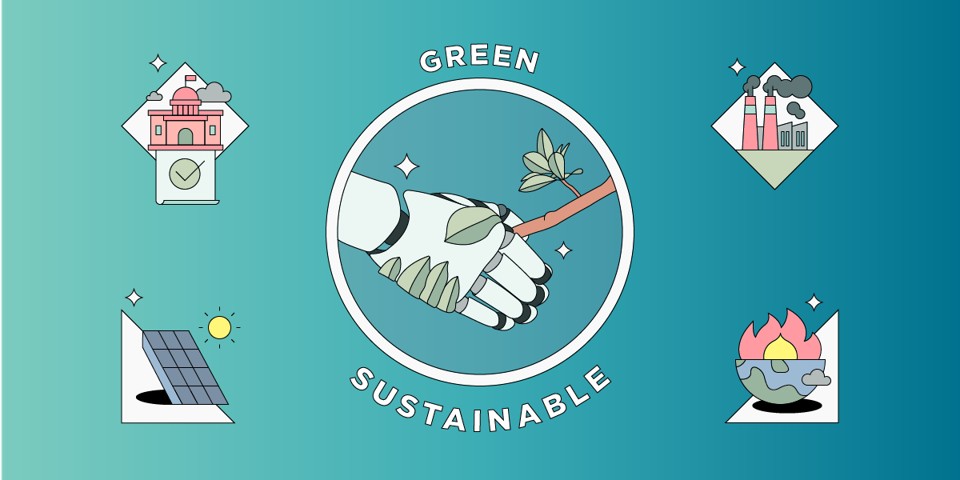Addressing Challenges and Building a Sustainable Future
India's transition to electric mobility faces several formidable challenges that must be addressed to ensure widespread adoption. One of the primary obstacles is the limited availability of charging infrastructure. Currently, public charging stations are sparse, especially in rural and semi-urban areas. To overcome this, the government and private sector are investing in scaling up fast-charging networks and innovative solutions like battery swapping stations. Battery swapping, already successful in countries like China, offers a practical solution to range anxiety and reduces the time required for recharging. Companies like NIO have demonstrated the efficiency of fully automated battery swapping stations, where drivers can replace depleted batteries in under five minutes. Implementing similar systems in India could significantly boost consumer confidence in EVs.
Another critical focus area is battery technology. Lithium-ion batteries, which dominate the EV market, are expensive, heavy, and limited in energy density and lifespan. Research is underway to develop next-generation batteries like lithium-sulfur (Li-S) and zinc-air (Zn-Air), which promise greater energy storage, lighter weight, and lower costs. These advancements could revolutionize EV performance and affordability, making them accessible to a broader consumer base. Additionally, integrating EVs with renewable energy sources is essential for maximizing their environmental benefits. For instance, solar-powered charging stations can reduce dependency on conventional electricity grids, further lowering the carbon footprint of EVs.
The integration of EVs into smart city frameworks represents another significant opportunity. By combining EV adoption with advancements in renewable energy, data-driven urban planning, and public transportation, India can create a sustainable and interconnected transportation ecosystem. However, this requires collaboration between governments, industry stakeholders, and citizens to ensure seamless implementation. For instance, efficient energy management systems can optimize electricity usage for charging stations, balancing supply and demand while minimizing costs.
Despite these challenges, India's shift to electric mobility is progressing steadily. With continued investment, supportive policies, and technological innovation, the country is well-positioned to achieve its vision of a sustainable automotive future by 2047. The transition is not merely an environmental initiative but a transformative economic opportunity, poised to enhance public health, reduce energy dependency, and create a greener, more efficient transportation network for future generations.
